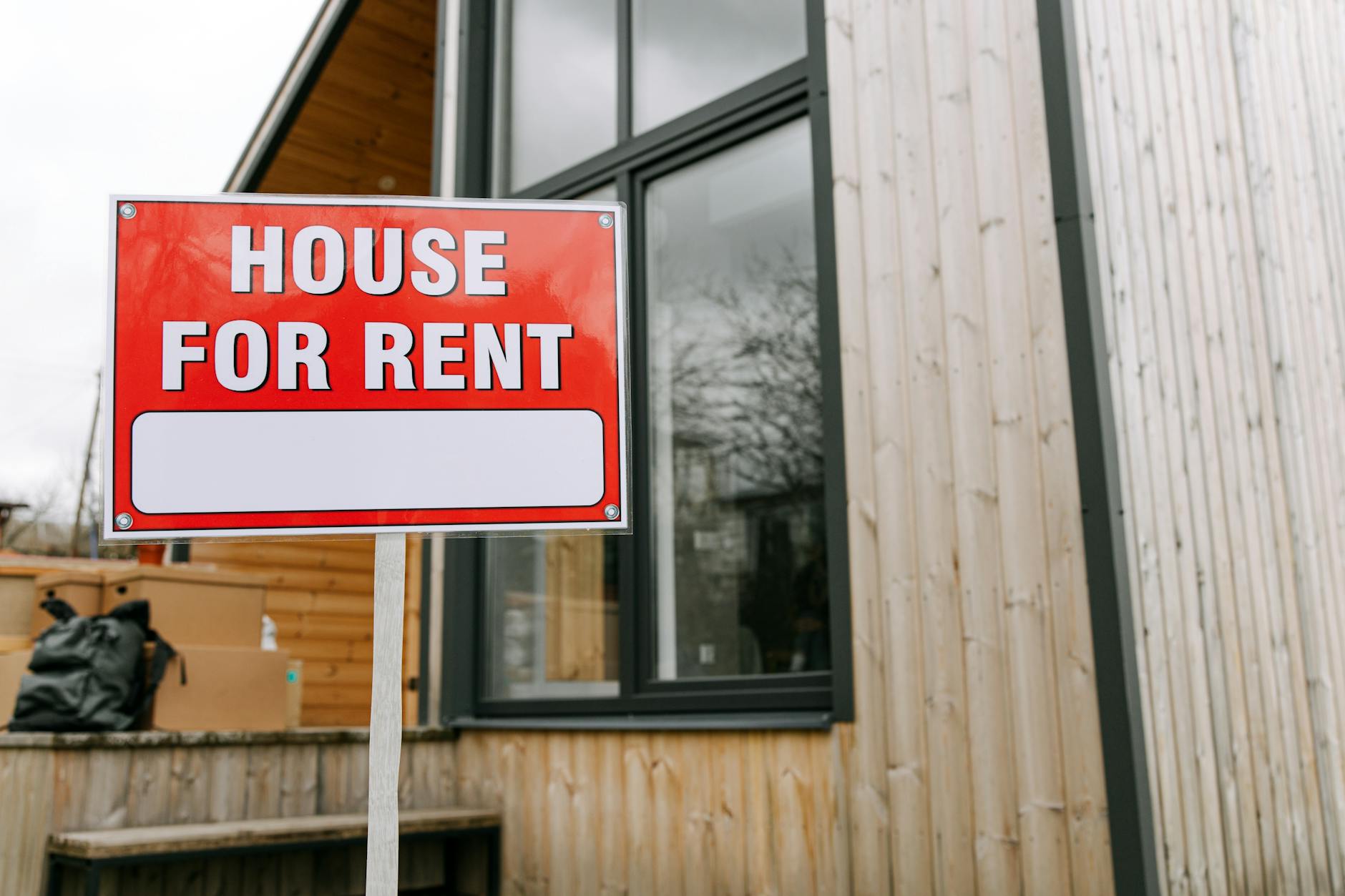Effective Strategies for Section 8 Tenant Applications and Landlord Support
Effective strategies for Section 8 tenant applications and landlord support are essential components in navigating the affordable housing landscape. The Section 8 program, managed by the U.S. Department of Housing and Urban Development (HUD), provides housing assistance to eligible low-income families, the elderly, and disabled individuals. However, both tenants and landlords face unique challenges during the application and leasing processes. Understanding the requirements and best practices can streamline approvals, reduce vacancies, and foster positive landlord-tenant relationships. This article explores practical approaches to enhance Section 8 application success for tenants while also outlining crucial landlord support mechanisms to ensure smooth program participation.
Understanding the Section 8 application process
The Section 8 tenant application process involves several steps that impact both applicants and landlords. Prospective tenants must first apply through their local Public Housing Authority (PHA), which manages waiting lists based on eligibility criteria like income limits and family size. Understanding this process is critical for applicants to anticipate timelines, documentation needs, and interview procedures.
Landlords benefit from knowing how the PHA evaluates housing units to ensure they meet program standards. Units must pass a Housing Quality Standards (HQS) inspection before tenants can move in. This ensures safe, habitable living conditions and protects both the tenant and landlord investment.
To optimize the process, applicants should:
- Prepare comprehensive documentation early (proof of income, identification, family status)
- Maintain communication with the local PHA
- Understand waiting list policies and potential wait times
Preparing the rental property for Section 8 tenancy
Landlords play a pivotal role in successfully leasing to Section 8 tenants. Preparation begins with ensuring the property meets HUD’s Housing Quality Standards (HQS), including functioning appliances, safe wiring, and adequate plumbing. Addressing potential repair issues proactively saves time during the inspection process.
Aside from physical standards, landlords should consider creating a tenant-friendly lease agreement tailored to accommodate Section 8 requirements without relinquishing their rights. Clarifying payment procedures, maintenance responsibilities, and policies on property access helps establish clear expectations.
The following table summarizes key HQS areas landlords must address:
| Area | Requirement | Common issues to check |
|---|---|---|
| Safety | No hazards or unsafe structures | Broken locks, loose railings, exposed wires |
| Sanitation | Proper waste disposal and no vermin | Leaking pipes, mold, pest infestation |
| Heating and cooling | Adequate heating system that works | Malfunctioning furnace, no air circulation |
| Facilities | Functional kitchen and bathroom | Unusable sinks, broken toilets, damaged appliances |
Supporting tenants through education and communication
Educating tenants about their rights, responsibilities, and the expectations within Section 8 housing significantly improves application outcomes and tenancy satisfaction. Many prospective tenants may be unfamiliar with the rules around income reporting, lease renewals, and program compliance.
Landlords and PHAs can facilitate workshops, provide written guides, or hold one-on-one counseling to help tenants understand:
- How to properly report income changes
- The importance of maintaining the property
- The necessity of timely rent payments, including the voucher portion
- How to request maintenance and handle disputes
Open communication channels between landlords and tenants reduce misunderstandings, allowing quicker resolution of issues and promoting longer-term tenancies.
Navigating common challenges in Section 8 tenancies
Despite the benefits, both landlords and tenants encounter difficulties during Section 8 tenancies. Common challenges include:
- Delays in voucher approval and inspection: Prolonged processing times can frustrate landlords expecting timely rent payments.
- Miscommunication on maintenance responsibilities: Clarity is essential regarding what the landlord covers versus tenant upkeep.
- Lease violations or program rule noncompliance: These situations require balanced intervention to avoid eviction while maintaining program integrity.
Addressing these challenges involves proactive landlord engagement, consistent follow-up with PHAs, and tenant education. Establishing clear policies and maintaining a professional relationship encourages cooperation and reduces turnover.
Conclusion
Effectively managing Section 8 tenant applications and supporting landlords through the process creates a win-win scenario in affordable housing. By understanding the application procedures, preparing housing units to meet HQS standards, and fostering tenant education, landlords can reduce vacancy periods and ensure compliance with HUD guidelines. Clear communication and proactive problem-solving help address common challenges such as inspection delays or maintenance misunderstandings. Ultimately, embracing these strategies promotes stable tenancies and contributes to the successful delivery of affordable housing options. Both tenants and landlords benefit from a structured, informed approach that prioritizes transparency, responsibility, and collaboration throughout the Section 8 housing journey.
Image by: Ivan Samkov
https://www.pexels.com/@ivan-samkov
editor's pick
latest video
news via inbox
Nulla turp dis cursus. Integer liberos euismod pretium faucibua


